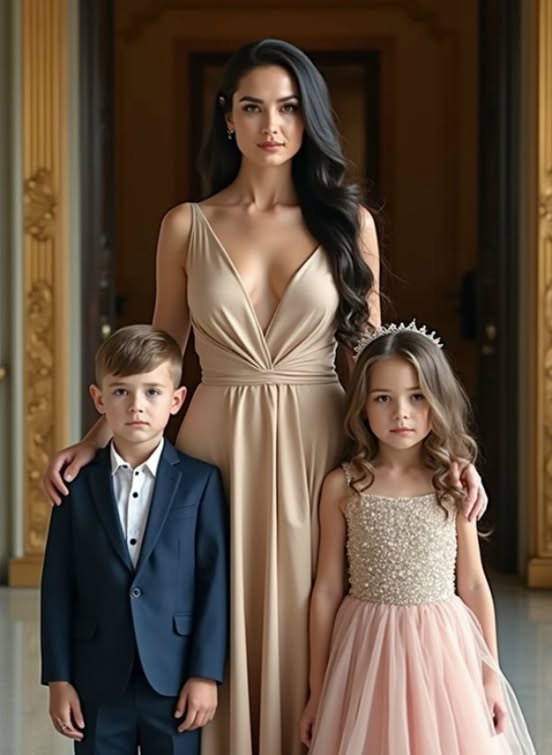Dear reader, below is a video, but first, some background information. A short story, or novella (from the Italian novella meaning “news”), is a fundamental genre of short narrative prose. Writers who create these short stories are known as short story writers, and a collection of such works is called a “short story collection.” A short story is typically shorter than a novella or a novel. It’s important not to confuse the term novella—a short narrative with a specific style of writing—with the English term novella, which refers to a “novella” in the sense of a longer short story or novella.
The roots of the short story lie in oral folk traditions—myths, parables, and allegorical tales. Unlike more elaborate narrative forms like the novel or novella, short stories often feature a limited number of characters and a singular central plot (though some may include multiple plots), focusing on the resolution of a specific issue. Works by a single author often display thematic cycles. In the traditional “writer-reader” model, short stories are first published in periodicals, and after a period of work, they are compiled into a standalone book as a short story collection.
The classic structure of a short story includes an introduction, climax, and resolution, though this is just one possible framework. Early 19th-century Romantics valued the short story for its unexpected plot twist, known as the “punch” or “turn” in narrative, which in Aristotle’s poetics corresponds to a moment of recognition or reversal.
